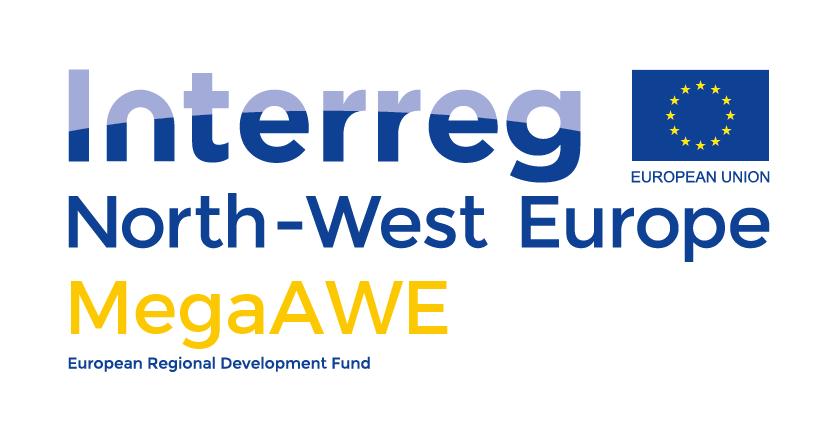The progress of energy transition from fossil fuels to renewables is encouraging, but more needs to happen to enhance energy security and retain the possibility of limiting global warming to well below 2°C. Apart from accelerating deployment of renewables, we need to seek and develop innovative renewable energy solutions that can tap into unexploited resources, thus diversifying energy portfolios while pushing sustainability standards up.
Airborne Wind Energy (AWE) kites and gliders harvest high-altitude wind power providing another source of cost-effective, renewable energy generation at scale.
This brief explains the advantages of the AWE technology and outlines the investment requirements for scaling and bringing this novel solution to market.
- Airborne wind energy (AWE) systems use autonomous tethered flying devices to harness energy from the wind at heights up to 500m, above those accessed by established wind technology.
- AWE systems enable higher energy generation at lower carbon intensity, and eventually at lower cost.
- A model scenario shows that cumulative global deployment of AWE could be 5 GW by 2035 and at least 177 GW by 2050
- As with all new energy technology, public support is necessary
- Test sites need to be established to allow for continuous operational hours to develop reliable products and industry standards, providing evidence to customers and authorities.
- To enable the scenario as described, over the next 15 years, €5 billion of public support is needed realise the net benefits of AWE.
- The wind market needs AWE.
For further information please click on the link below:
